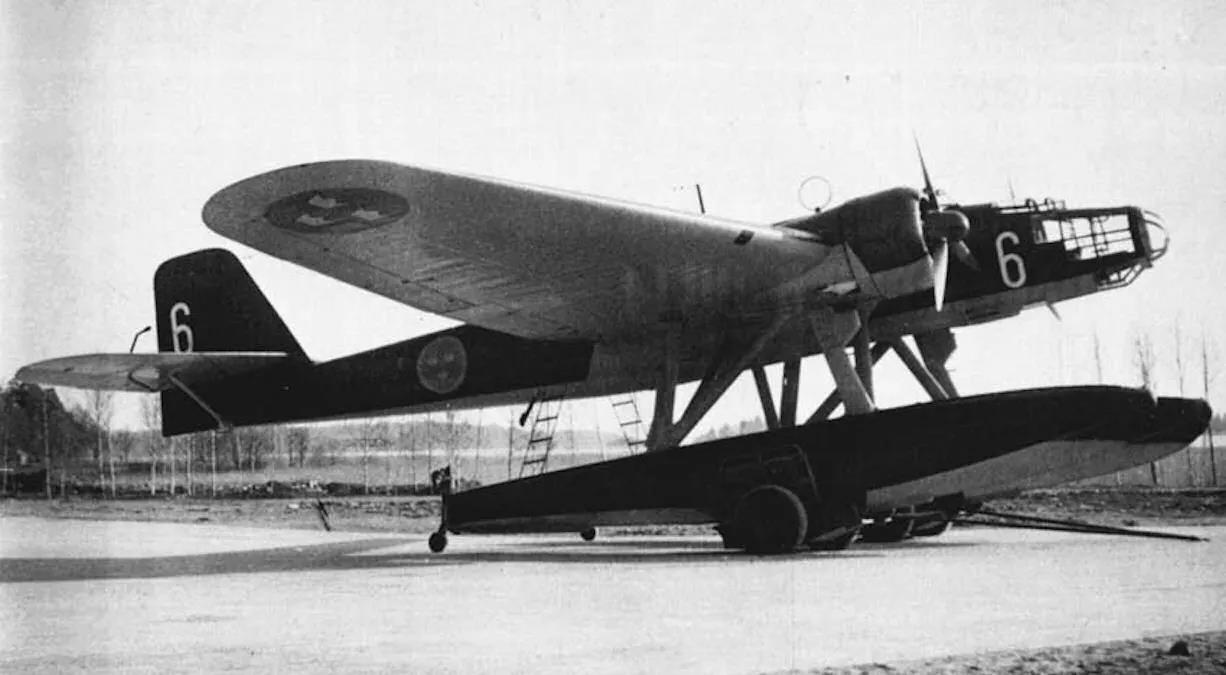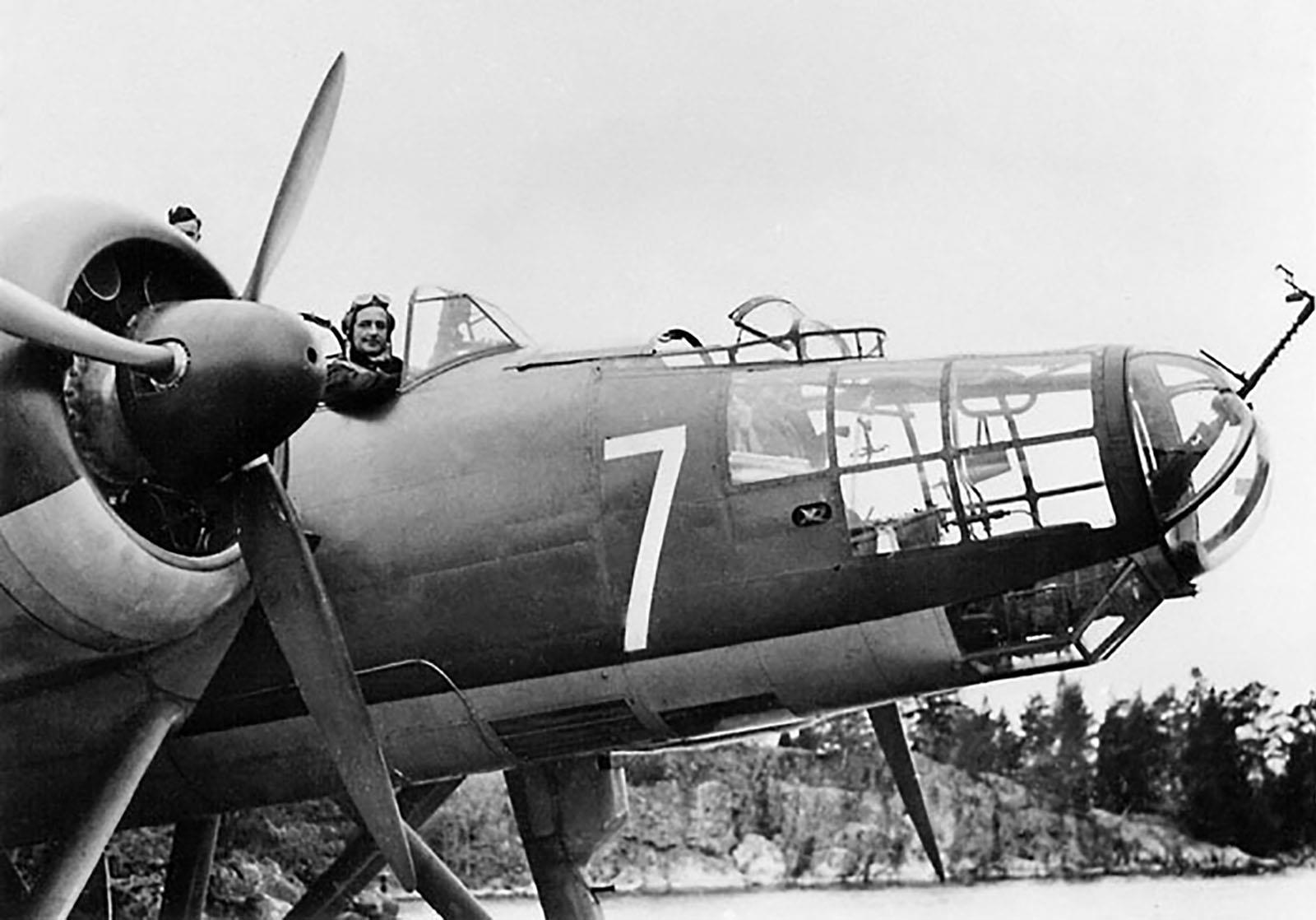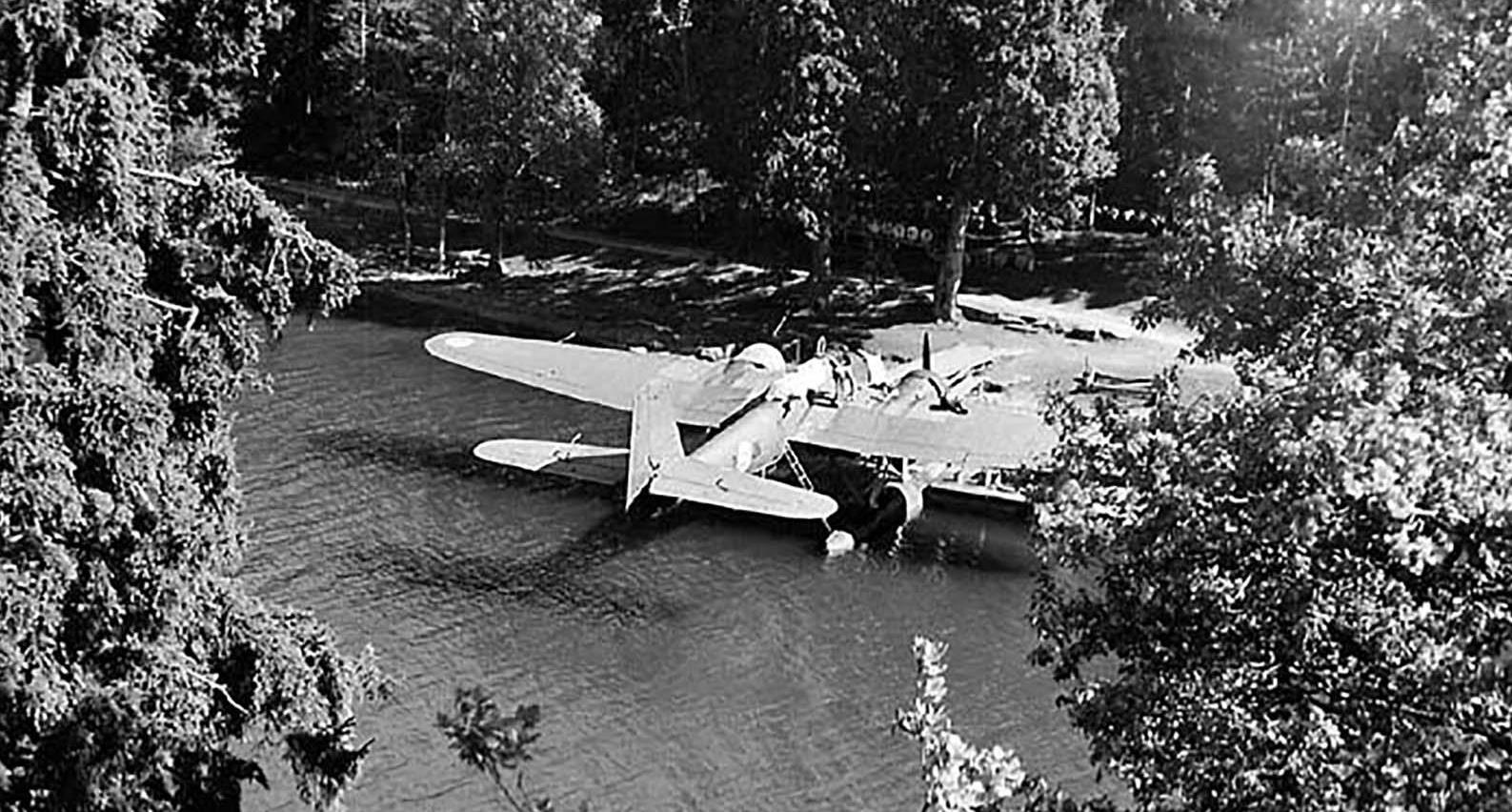| Type |
Werk.Nr |
Registration |
History |
| A-2, T 2 |
3026 |
101, 2-21, 2-1 |
Delivered 1939-04-24, accepted 1939-06-20. Written off 1939-11-21 - crashed. Running time 80 hours |
| A-2, T 2 |
3027 |
102, 2-22, 2-2 |
Delivered 1939-06-29, accepted 1939-06-30. Written off 1952-12-13 - scrapped. Running time 1702 hours |
| A-2, T 2 |
3028 |
103, 2-23, 2-3 |
Delivered 1939-06-22, accepted 1939-06-27. Written off 1948-06-17 - Full time. Running time hours |
| A-2, T 2 |
3029 |
104, 2-24, 2-4 |
Delivered 1939-06-29, accepted 1939-06-30. Written off 1943-09-10 - crashed. Running time 713 hours |
| A-2, T 2 |
3030 |
105, 2-25, 2-5 |
Delivered 1939-08-10, accepted 1939-08-15. Written off 1941-12-12 - crashed. Running time 360 hours |
| A-2, T 2 |
3031 |
106, 2-26, 2-6 |
Delivered 1939-08-01, accepted 1939-08-04. Written off 1952-01-23 - bad condition. Running time 1377 hours |
| A-2, T 2 |
3032 |
107, 2-27, 2-7 |
Delivered 1939-08-22, accepted 1939-08-25. Written off 1944-09-13 - crashed. Running time 808 hours |
| A-2, T 2 |
3033 |
108, 2-28, 2-8 |
Delivered 1939-08-26, accepted 1939-08-29. Written off 1948-05-21 - spare parts Running time 1001 hours |
| A-2, T 2 |
3034 |
109, 2-29, 2-9 |
Delivered 1939-09-21, accepted 1939-09-26. Written off 1944-01-22 - crashed. Running time 498 hours |
| A-2, T 2 |
3035 |
110, 2-30, 2-10 |
Delivered 1939-09-29, accepted 1939-10-03. Written off 1949-12-14 - high main. costs. Running time 1063 hours |
| A-2, T 2 |
3036 |
111, 2-31, 2-11 |
Delivered 1939-10-06, accepted 1939-10-10. Written off 1949-04-13 - no further maintenance. Running time 892 hours |
| A-2, T 2 |
3037 |
112, 2-32, 2-12 |
Delivered 1939-10-17, accepted 1939-10-20. Written off 1951-02-15 - high main. costs. Running time 1444 hours |

The Swedish Air Force operated 12 He 115A-2s under the local designation T 2, with Air Force numbers 101–112. Another six aircraft were ordered but never delivered due to the outbreak of World War II. They were sturdy and well liked by their crews and were not taken out of use until 1952. The Swedish T 2s were kept on duty throughout World War II and made a valuable contribution to protecting and enforcing Swedish neutrality. The T 2s replaced the outdated T 1s (Heinkel HD 16s) as torpedo bombers and also served as regular bombers, for smoke screening and for long-range reconnaissance missions. Five of the 12 T 2s were lost in accidents during their service with the Swedish Air Force.



The T 1 was not a success, but had at least given the experience that a new torpedo aircraft had to be twin engined. The choice for the successor to the T 1 fell on another Heinkel design, the He 115. Twelve aircraft of the variant Heinkel He 115 A-2 were ordered in the summer of 1938. The dozen Heinkels were delivered to Wing F 2 at Hägernäs near Stockholm from April to October 1939. The Swedish designation was T 2. They got the Air Force numbers 101-112. Further six aircraft were ordered, but were never delivered due to the outbreak of WWII.
The variant for the Swedish Air Force, He 115 A-2 was equipped with two BMW 132 K engines, each delivering 850 hp. This engine was a German licence manufactured Pratt & Whitney Hornet. The armament consisted of two moveable 8 mm machine guns and one torpedo m/38 or m/41. As an alternative to the torpedo, two 250 kg bombs could be carried. The crew consisted of three; pilot, observer and radio operator/gunner.
The trials were very successful. The He 115 showed itself to be a sturdy aircraft that behaved well both in the air and on water. They made an invaluable contribution to the neutrality guard during the WWII. Except for torpedo launchings missions, the aircraft also were intended to be used as a bomber, smoke screening and long distance reconnaissance missions. Unfortunately, five of the twelve aircraft were lost behind repair in crashes.
On the 9th of April 1940, Germany occupied both Denmark and the most important parts of Norway in a lightning attack - operation Weserübung. In connection to this, Germany dictated a number of terms to Sweden, terms which were impossible for the Swedish government to agree with. The Germans demanded, for instance, that Sweden did not mobilize further troops. Germany demanded also Sweden to let three railway trains each of 30-40 wagons loaded with war material to be transferred trough Sweden to Narvik.
The Swedish refusal resulted in a crisis in the relationship between Sweden and Germany. As a war situation seemed possible, the T 2s left their permanent base at Hägernäs. They were relocated to Gålö, a war base in the archipelago south of Stockholm. The work to enlarge the Gålö base started immediately. Until more workshops and living quarters were built ashore, the navy ships Dristigheten and Rane was use as floating accommodation.
As alternative bases, Märsgarn , Gryt and Loftahammar were also used during the years of preparedness.
Other war bases were also used. The widespread archipelago provided many suitable places for operations and good camouflage of the aircraft and equipment.
The aircraft were based off F 2 at Hägernäs until the WWII was over.



